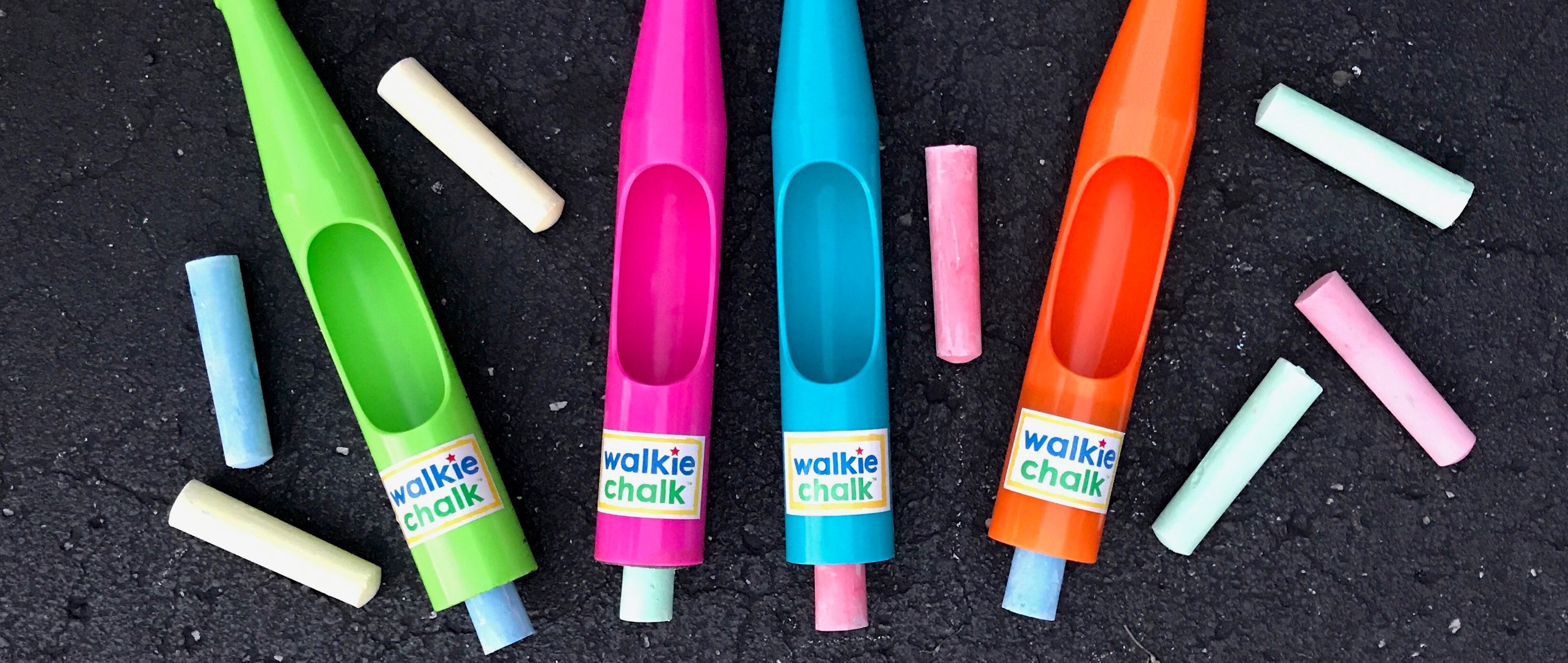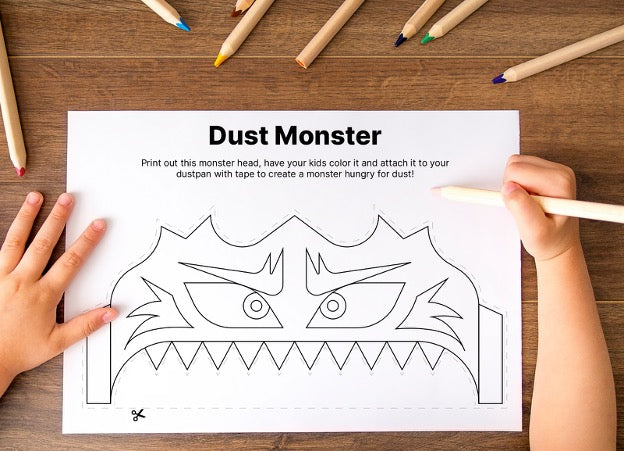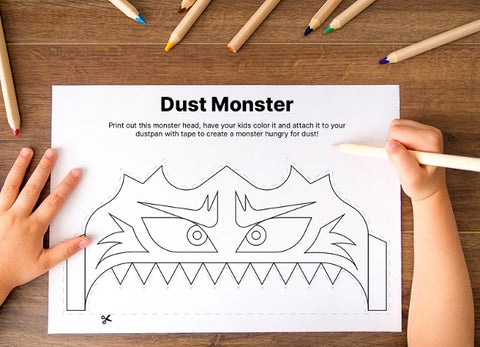Blog — Kids Activities

Finding Balance: Helping Your Child Navigate a Packed Schedule Without Burnout
Helping Your Child Navigate a Packed Schedule Without Burnout

Help Your Child Build a Lifelong Love for Learning With These Simple Strategies
In today’s world, nurturing a child’s enthusiasm for learning is more crucial than ever. As parents, we have the unique opportunity to inspire curiosity and a thirst for knowledge in our children. By modeling a commitment to education and personal growth, we can set a powerful precedent. Whether it’s through pursuing further education ourselves or creating enriching environments at home, our actions speak volumes. Here are a few strategies to try when you’re ready to get started.
Model Your Own Thirst for Knowledge
Fostering a love for learning in your children is a rewarding journey that begins with your own educational pursuits. By embracing your curiosity and enthusiasm for knowledge, you set a powerful example for your children. If you’re interested in learning about human behavior and want access to a wealth of career options, pursuing an online psychology degree offers the flexibility to balance your aspirations with family responsibilities. This not only enhances your career prospects but also demonstrates the value of lifelong learning to your children, encouraging them to embrace curiosity and growth. Take a look at the requirements for a psychology degree online to find out when you can get started.
Create a Sense of Structure
Creating a daily routine that balances structured activities with unstructured time is key to nurturing a child’s passion for learning. Establishing regular wake and sleep times, along with meal rituals, provides a stable framework that promotes healthy habits. Allowing children the freedom to choose activities like reading or drawing during unstructured time fosters independence and creativity. This approach helps them develop a broad skill set while looking forward to learning time rather than dreading it.
Encourage Educational Trips
Regular visits to local museums, libraries, or science centers can significantly nurture your child’s curiosity and love for learning. These outings offer opportunities for children to engage with new concepts in an interactive environment. By interacting with exhibits, children can delve into subjects like electricity and magnetism in a hands-on way, which is often more impactful than traditional classroom learning. Encouraging these experiences can foster a lifelong passion for discovery and learning.
Let Them Help In The Kitchen
Engaging your children in cooking activities is a wonderful way to nurture their love for learning while teaching them essential skills. By involving them in the kitchen, you provide a hands-on experience that is both educational and enjoyable. Measuring ingredients helps children grasp concepts of fractions and volumes, while following a recipe enhances their ability to follow sequential steps. Additionally, cooking introduces them to the science of how ingredients interact, offering a practical application of chemistry concepts. This approach not only equips them with valuable life skills but also fosters a love for learning through everyday activities.
Give Them The Power Of Choice
Empowering children to choose their own books can greatly enhance their engagement and autonomy in reading. When kids select books that align with their interests, reading becomes a delightful activity rather than a chore. Research shows that self-selection of reading materials not only makes the experience more enjoyable but also aligns with their curiosity, fostering a deeper connection with the text. Encouraging children to explore libraries or online platforms to ‘shop’ for books supports their independence and helps develop critical decision-making skills.
Go Digital
To cultivate a lifelong love of reading in your children, consider integrating interactive e-books and audiobooks into their daily routine. These tools can often be found online for free and can transform reading into an engaging and accessible activity, accommodating various reading abilities. By incorporating audio elements like multiple voices and sound effects, stories become more vivid and captivating, enhancing both interest and comprehension. Additionally, using audiobooks at home or in the classroom can introduce children to a broader vocabulary.
Help Your Child Get Involved
Involving your children in community service projects is a meaningful way to cultivate essential life skills while building social connections. By selecting projects that resonate with their interests, children can learn about teamwork and empathy, and also develop a sense of responsibility and leadership. These activities offer a practical context for learning, enabling children to apply classroom knowledge in impactful ways and interact with diverse individuals, which can broaden their social networks and future opportunities.
By embracing these strategies, you can ignite your child’s passion for learning and equip them with the skills and mindset needed for lifelong success. Encouraging curiosity, creativity, and community engagement not only enriches their educational journey but also fosters a love for learning that will last a lifetime.
Discover a new way to play with Walkie Chalk – the perfect outdoor toy for all ages that lets creativity soar without the sore knees or backaches!

5 Ways to Get Children with Learning Disabilities Involved with the Arts
Guest Author: Lillian Brooks
If your child has learning disabilities, it’s essential to encourage them to participate in the arts. The arts can improve communication skills, grow self-confidence, and increase fitness levels. Here, the creativity experts at Walkie Chalk present five of the best options for children with learning disabilities.
1. Music
Participating in a music class or learning a musical instrument requires complete focus. As a result, music is ideal for relieving stress, teaching your children to concentrate, and helping them gain a creative outlet.
In addition, a recent survey produced by AARP found music listeners had higher scores for mental well-being, higher levels of happiness, and better cognitive function. In fact, sixty-eight percent of parents that introduced their children to music rated their child’s ability to learn new things as very good or excellent. However, this was only 50% for parents who hadn’t exposed their children to music.
2. Acting
Transferring energy to performing arts can be helpful to an active child, and acting is one of the best options. Your children can gain confidence, a sense of achievement, teamwork skills, and multiple creative skills from acting.
In addition, acting can boost your child’s communication skills. Around 86% of employees state poor communication is the main reason for workplace failures. Therefore, you should promote your child’s communication skills at a young age.
3. Painting and Drawing
Children often enjoy drawing things; when we become adults, we often stop drawing due to our busy adult lives. But drawing can relieve stress and anxiety in adults, so it’s a shame most adults forget about their painting passions.
With that said, painting is excellent for children. It helps them build confidence, develop problem-solving skills, create a shared learning experience, increase brain development, enhance senses, explore color, and convey individual ideas.
You and your child can also get outside to draw using Walkie Chalk. This fun modification to classic chalk drawing makes it easier for adults to play along. Plus, kids with sensory challenges can enjoy drawing without getting chalk on their fingers!
4. Dancing
Young children have so much energy, and dancing is one of the best ways to focus that energy. Dancing can enhance creativity, encourage socialization, increase cognitive development, and boost emotional development.
Dancing is also excellent for helping your child’s physical fitness. It improves their flexibility, overall balance, coordination, muscular strength, heart and lung condition, and spatial awareness.
5. Crafting
You’ll struggle to find a better creative outlet for your children than crafting. It can improve self-confidence, reduce overall stress, decrease anxiety, raise a child’s focus, and grow emotional development.
Crafting is also superb for teaching colors and shapes, encouraging critical thinking, building resilience, and increasing pattern recognition.
Design an Arts Room
By creating an arts room in your home, you and your children can explore the world of art in a comfortable and familiar setting. When designing your arts room, be sure to include plenty of storage for all of your supplies. And be sure to leave plenty of open space for painting, drawing, or whatever other creative pursuits you enjoy.
Not only will an arts room make your home more attractive to potential buyers, but it will also give you and your children a place to relax and express yourself. Keep track of any upgrades by keeping receipts and taking before-and-after photos because this new addition may be a valuable selling feature when you eventually choose to list your house and move.
Start Teaching Children Yourself
Teaching children is incredibly rewarding. You may find a passion for teaching children arts and crafts when you share the benefits with your children. If so, consider teaching your arts and crafts lessons to children of all ages and backgrounds.
You can work as a self-employed teacher, but consider registering your new teaching business as a limited liability company. It’ll offer you more flexibility, less paperwork, and various tax benefits. If you’re not sure how to start an LLC, use a formation service to avoid costly legal fees.
Get Children Involved in the Arts Today
While the arts are great for helping everyone to get in touch with their own creativity, they can be especially fantastic for children with learning difficulties because they give them an outlet in a world that otherwise doesn’t always seem to take their feelings and perspectives into consideration. You may even decide to start your own business teaching art to children!

The Benefits of the Arts and How to Get Involved
If you want to help expand the mind of your child then you should consider infusing the arts into their lives. By playing music, painting pictures, and expressing themselves artistically, kids can have more fulfilled lives and you never know where the hobby could take them!
How to Teach Your Kids to Clean (+Printable Games to Help Teach Them)
After a long day working, running the household or completing errands, the last thing you want is to put your hand down on the counter and feel something sticky on the surface. But for many parents? Cleaning up after the kids is part of the job.
Luckily, there are ways to ease the burden of cleaning and teach your kids to share the load. By showing them that cleaning can be fun, quick and painless, they can pick up clean habits that will make mopping up a spill or folding their laundry second nature rather than a chore.
One way to teach kids not to fear cleaning is by playing cleaning games with them while they’re still learning. Check out this list of fun games that can help you build a culture of cleanliness in your home. Take a look!
The Clean Lantern

Link to download this mockup image.
Turn your kids into a superhero who is on a mission to find and defeat the evil Dust Bunny. Create a cape using a sheet, then use this printable superhero eye mask and badge to turn your kids into the Clean Lantern. Challenge them to fight evil using their mops and washcloths.
Laundry Room Races
Once the laundry is finished and ready to be folded, line your kids up at a starting line and have them race to get their clothes folded, taken to their rooms and put away. There’s nothing like a little friendly competition to get chores done. For added fun: have them shoot their socks into the laundry bin like a basketball before they can move on.

Link to download preview image.
Chores and Ladders
Give each child a token such as a coin or bottlecap and use this printable game board to make cleaning a game of chance. Line up at the starting line and roll a 6-sided die, then move the number of spaces indicated and complete the corresponding task. The game board even includes blank spaces for you to leave blank so your kids can get off the hook, or write in house-specific chores.
Sprinkler Time
If there’s an outside mess to be cleaned up — chalk on the driveway, anyone? — make it more fun by playing games with sprinklers or a hose. Put on bathing suits, turn on the hose and have fun spraying each other while you clean up chalk or wash the car.
Link to download preview image.
Dust Monster

Make sweeping more interesting by turning the dustpan into a monster that is hungry for dirt and dust. Print out the dust monster printable, have your kids color it in then attach it to your dustpan with tape. Every time your kids sweep dirt into the pan, it’ll look like the dust monster is eating it up.
Cleaning Karaoke
Turn your cleaning day into a concert while mopping, sweeping or dusting. Use the broomstick, mop handle or spray bottle as a microphone and sing along to your favorite pop hits. Bonus points if you dress up like a diva!
At the end of the day, creating a culture of cleanliness at home means making it so your kids don’t fear cleaning. Make chores fun for them by making it a family affair that they look forward to.

How to Host a Grandchild's Birthday Party That Won’t Break the Bank
If your grandchild’s birthday is coming up, use these tips to plan a budget-friendly celebration everyone will enjoy. Fun for everyone!

Eight Games To Play With Sidewalk Chalk This Summer! Stand Up & Draw, Play & Create.
Looking for quick and easy fun games to play this summer? Grab some sidewalk chalk and keep the kids active for hours with these ideas.
Look Out! 2018 Sidewalk Chalk Art Festivals Are Coming in Michigan
2018 Michigan Sidewalk Chalk Art Festivals!
It may still be snowing here in the Midwest but Spring is right around the corner...
It is, right?
Yes, it is - and that means sunshine, getting outside and finding fun creative things to do with your kids on the weekends. One very cool thing is to check out a Street Art Sidewalk Chalk Frestival - fun and when you see the artwork, it's amazing!

Here are a few really great festivals happening in Michigan in 2018, and Walkie Chalk may just pop up at a few!
June 15-16
West Michigan Chalk Art Festival - Byron Center, MI
June 23-24, 2018
Northville Chalk Festival, Northville, MI
July 28-29
Chalk Art - Downtown Chelsea, MI
August 3-5
Chalk The Block - St. Joseph, MI


Sidewalk Chalk to Snow Shoes: Kids Activities - "Just Get Outside!"
Outdoor Toys For Kids To Stay Active.
We review a few toys to get kids outside and playing. Simple fun toys, to move around and be active, crate and just play. We'll also tell you a secret... our favorite sidewalk chalk.


